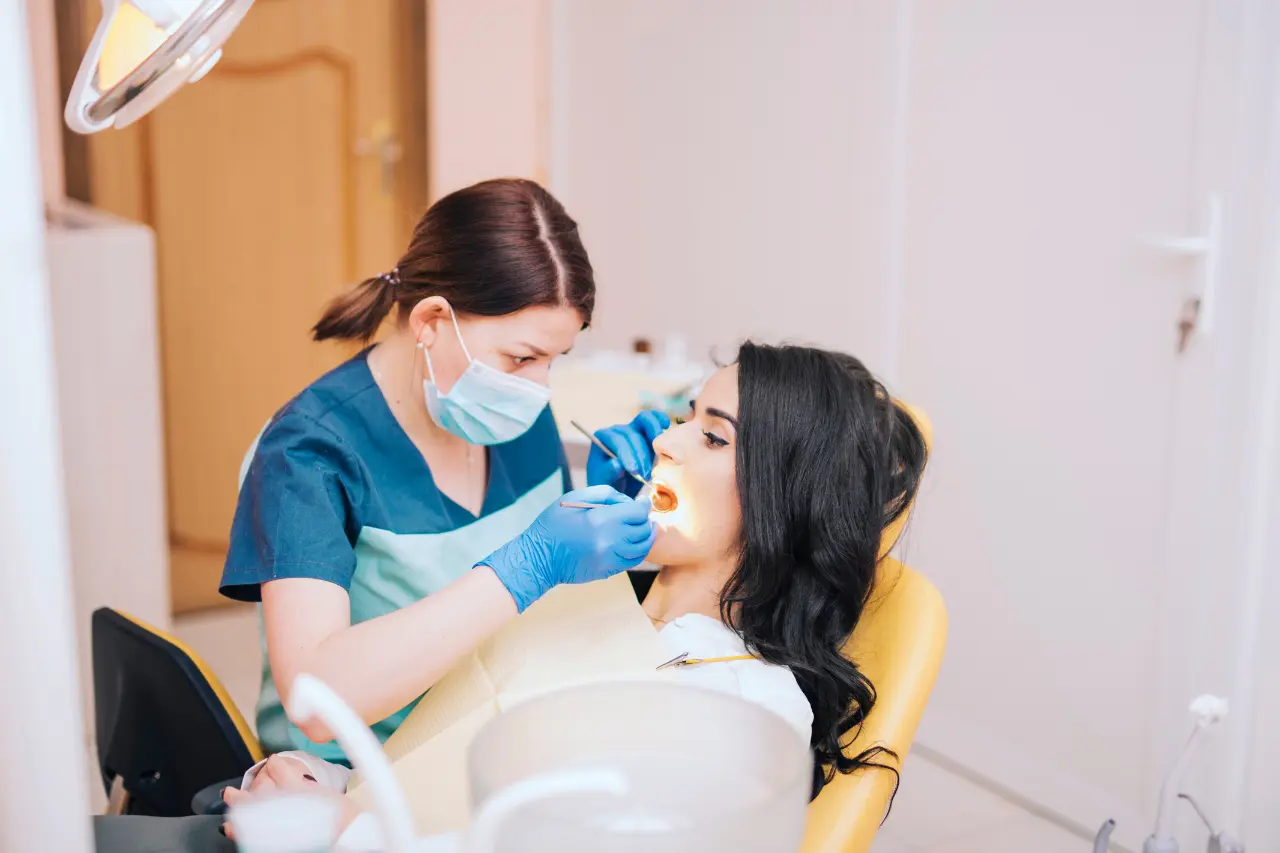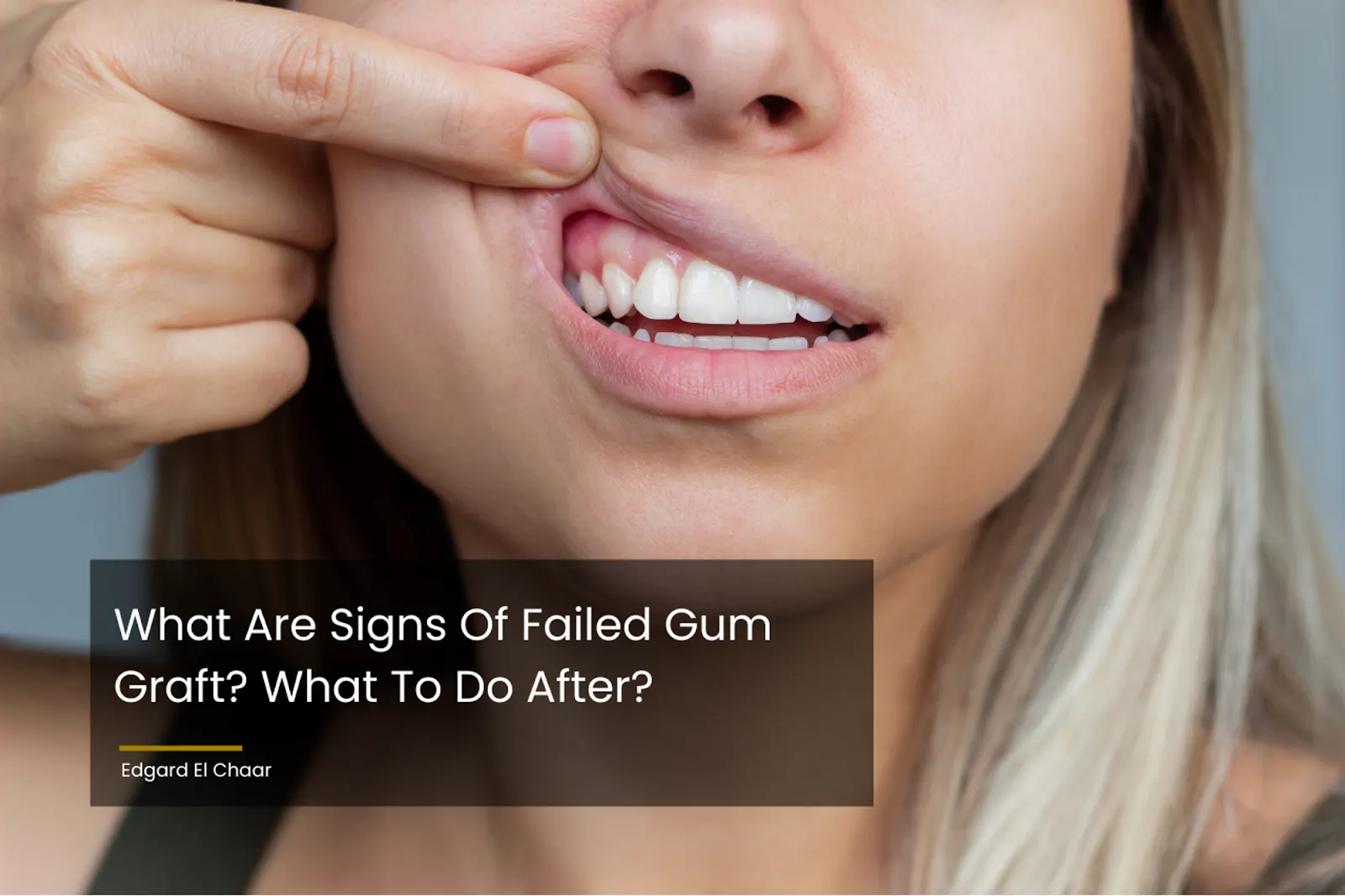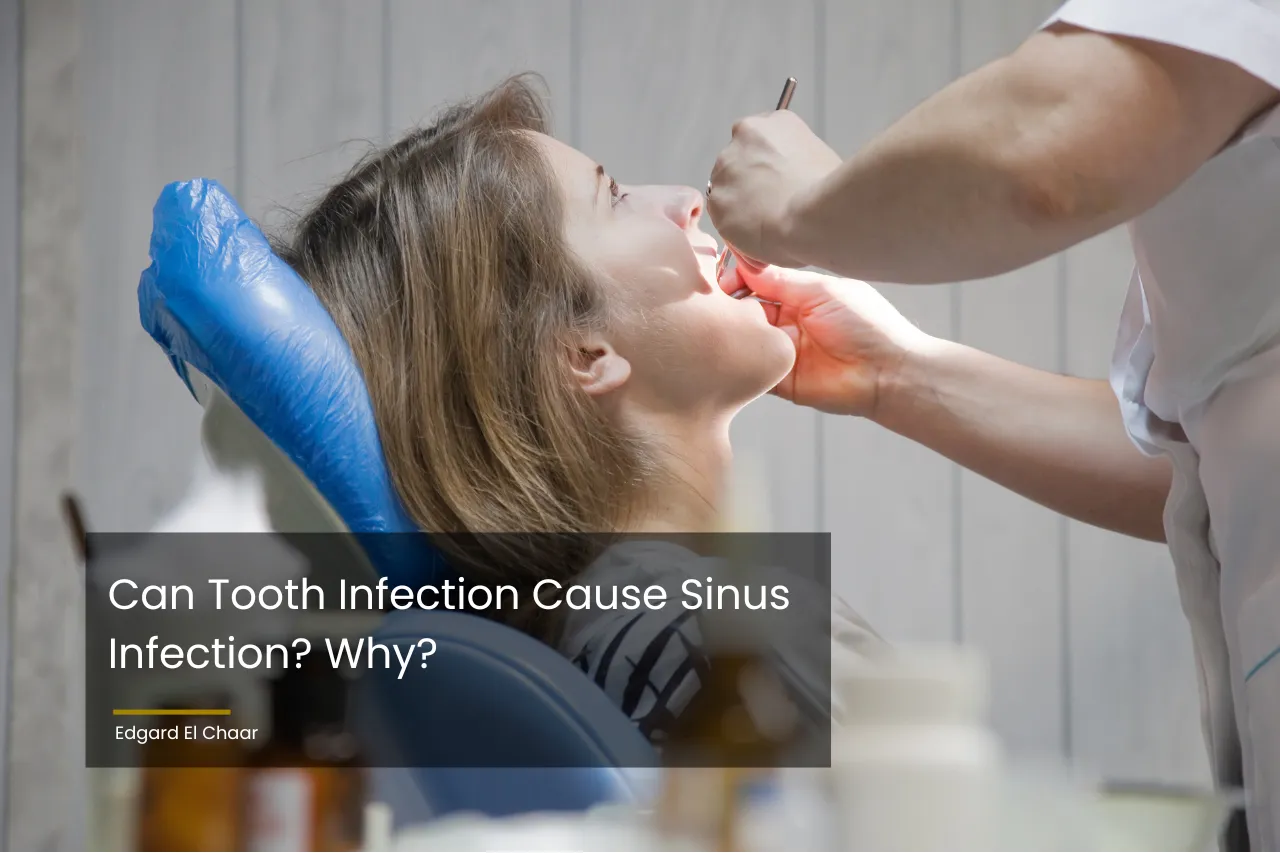What You Should Know About Sinus Lift Long-Term Side Effects

A Complete Guide to Laser Periodontal Therapy
04/15/2023
Nonsurgical Periodontal Therapy: Maintaining Your Gum Health
04/20/2023Dental implant surgery often requires additional procedures, including the “sinus lift,” which strengthens the implant’s support by providing sufficient bone support. While highly effective, this procedure has potential risks and long-term side effects that patients should understand. Let’s delve into the details.
What Is A Sinus Lift?
Sinus lift surgery is a common dental procedure also known as “sinus augmentation” or “sinus elevation.” With a success rate of more than 90%, the procedure is considered a safe and effective way to increase the success rate of dental implants in the upper jaw.
This surgical lift surgery is based on the addition of bone to the upper jaw in the area of the molars and premolars. The bone is inserted between the maxillary sinuses and the jawbone on either side of the nose, increasing bone density and preparing it for dental implants.
According to research, dental implants placed after a sinus lift procedure have a long-term survival rate of 90–95%. And, because, according to the American Academy of Implant Dentistry (AAID), over 3 million people (and growing) in the United States have dental implants, this procedure is as important as ever.
But despite its popularity among bone-density-required patients, there are still some potential long-term side effects, which we will discuss right below.
Potential Long-term Side Effects of Sinus Lift Surgery
Every procedure has its pros and cons. For dental implant patients, a thorough understanding of sinus lift surgery is essential to be well-prepared for potential challenges that may arise.
Here are some of the most common sinus lift long-term side effects and how they may affect you:
- Sinus infections
- Implant failure
- Gum recession
- Bone loss
- Nerve damage
- Chronic sinusitis
Specifically,
Sinus infections
Sinus infections occur when bacteria or other microorganisms enter the sinuses via a bone opening, causing inflammation, pain, and breathing difficulties. Antibiotics may be required in some cases to treat the infection.
Implant failure
A lack of bone density or a failure to integrate with the surrounding bone tissue can result in implant mobility or even failure.
Gum recession
Gum recession occurs when the gums surrounding the implant recede, exposing the tooth’s root. This can result in tooth sensitivity, pain, and even tooth loss.
Bone loss
A variety of factors can cause bone loss, including infection, inflammation, and implant failure. It can lead to further complications, such as tooth loss, if left untreated.
Nerve damage
Because of the proximity of the nerves to the surgical site, nerve damage can occur during surgery. Numbness, tingling, and even permanent nerve damage can happen from this.
Chronic sinusitis
Chronic sinusitis can develop as a result of sinus inflammation or infection, resulting in persistent symptoms such as nasal congestion, headaches, and facial pain.
Clinical studies show that, aside from gum recession, the percentage of people experiencing these effects is quite low. They even differ depending on individual factors, which are listed in the following section.
| Related Article: How Long Does It Take for a Sinus Lift to Heal? |
Factors that Can Affect The Likelihood and Severity of Long-term Side Effects
Likewise to dental implants as a whole, there are personal factors that can affect the procedures involved, including sinus lift surgery.
Here are some characteristics which can change the likelihood and severity of long-term side effects after sinus lift surgery of specific patients:
- Age
Due to the natural aging process of the body, older patients may be at a higher risk of complications.
- Smoking habits
Due to the negative effects of smoking on the body’s healing process, smokers may be at a higher risk of complications.
- Pre-existing medical conditions
Pre-existing medical conditions, such as diabetes, autoimmune disorders, or a weakened immune system, may increase the risk of complications.
- Dental hygiene habits
Following sinus lift surgery, poor dental hygiene can increase the risk of infection, inflammation, and implant failure.
Aside from these factors, the quality and quantity of bone in the patient’s jaw, the location of the sinus lift surgery, the type of materials used during the procedure, and, most importantly, the skill and experience of the surgeon performing the procedure can all have an impact on the procedure’s success rate.
Prevention and Management of Long-term Side Effects
Undergoing the surgery is just one aspect; ensuring its results are enduring and satisfactory is equally important. Patients should be well educated to maintain the long-term effect of implants that make them feel more confident in public and help them smile more confidently and happily.
Here are some strategies for avoiding and managing the long-term side effects of sinus lift surgery:
- Proper post-operative care
- Follow-up appointments with the surgeon
- Treatment options for specific side effects
Specifically,
Proper post-operative care
According to studies conducted by the American Association of Oral and Maxillofacial Surgeons, when performed by a specialist rather than a general dentist, the success rate of oral surgery can reach up to 95%.
Thus, it is prudent to select a trusted surgeon and thoroughly discuss your health condition with them so that you can devise a suitable plan together that can help reduce the risk of complications.
Follow-up appointments with the surgeon
Be sure to go to follow-up appointments so that your surgeon can evaluate the situation and prevent any lasting effects.
Treatment options for specific side effects
Following the surgeon’s instructions, maintaining good oral hygiene, leading an overall healthy lifestyle, and attending follow-up appointments can all help to prevent and manage complications.
Conclusion
To summarize, while sinus lift surgery is a common procedure that can significantly improve the success of dental implant placement, potential long-term side effects such as sinus infections, gum recession, and more can still occur.
Patients can reduce their risk of sinus lift long-term side effects by following up with their surgeon, taking proper post-operative care, and seeking appropriate treatment options for specific side effects.
Also, as mentioned above, these types of important oral surgeries should be handled by a professional. And, if you happen to be looking for one in New York, consider the professionalism of our team at Dr. Edgard El Chaar’s private dental practice if you are considering a sinus lift procedure or experiencing any side effects after undergoing the procedure!
As we believe that “a healthy smile is a true source of happiness,” our expertise and skills are all on deck to ensure that your experience and your oral outcome are as high-quality as possible. Book your appointment with the Edgard El Chaar team today!
Source
Ardekian, L., Oved-Peleg, E., Mactei, E.E., Peled, M. (2006). The clinical significance of sinus membrane perforation during augmentation of the maxillary sinus. Journal of Oral and Maxillofacial Surgery, 64(2), 277-282. https://doi.org/10.1016/j.joms.2005.10.031
Farina, R., Pramstraller, M., Franceschetti, G., Pramstraller, C., & Trombelli, L. (2011). Long-term clinical outcomes following 3 different techniques of bone augmentation in implant patients: a systematic review and meta-analysis. Journal of Periodontology, 82(12), 1679–1686. https://doi.org/10.1902/jop.2011.110135
Jensen, O. T., & Shulman, L. B. (1998). Sinus Augmentation. In Dental Clinics of North America, 42(3), 365-379. https://www.sciencedirect.com/science/article/pii/S0011853218300226
Pjetursson, B. E., Tan, W. C., Zwahlen, M., & Lang, N. P. (2008). A systematic review of the success of sinus floor elevation and survival of implants inserted in combination with sinus floor elevation. Journal of Clinical Periodontology, 35(8 Suppl), 216-240. https://doi.org/10.1111/j.1600-051X.2008.01272.x
Testori, T., Drago, L., Wallace, S. S., Capelli, M., Zuffetti, F., & Del Fabbro, M. (2012). Prevention and treatment of postoperative infections after sinus elevation surgery: clinical consensus and recommendations. International Journal of Dentistry. https://doi.org/10.1155/2012/365809







